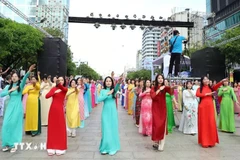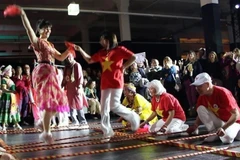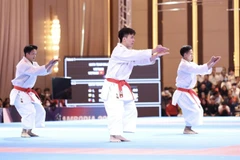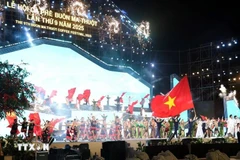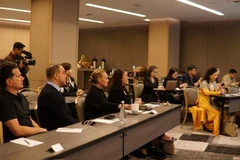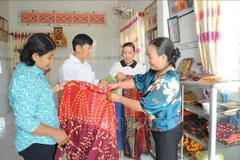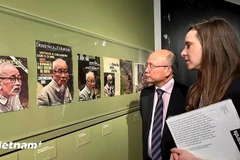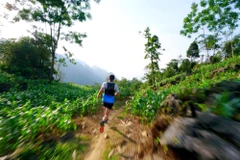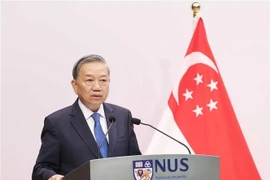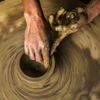Inhis speech at the event, Deputy Minister of Culture, Sports and TourismHo Anh Tuan said that Si La, Pu Deo, Ro Mam, Brau and O Du ethnic groupsare struggling under disadvantaged conditions, which prevent them fromsaving their own culture.
He underscored that languages, scriptsand costumes of some of the groups have faded into oblivion while othershave lost their traditional housing models and villages, adding thatcultural and ethnic researchers have indicated that these are only thebeginning of the disappearance of cultural features in ethnicminorities.
Po Cha Nga, representative from the Si La ethnicminority in the northern province of Dien Bien, said that although thegroup’s living conditions have improved in recent years, specificcultural features have faded due to exchange and expansion with othergroups in the localities.
Scientists and participantsagreed that comprehensive policies are needed to encourage thedevelopment of the population in the five targeted groups whileimproving access to healthcare, education and job opportunities for thecommunity members.
They encouraged relevant authorities to ensuretribesmen seeking employment in other localities receive favourableconditions, including lands and cultivation tools. For those livingoutside their communities, participants stressed the importance ofproactive cultural protection to preserve the central essence of theirrespective heritages.
Although all cultural values are essentialto ethnic minority preservation and practice, certain central featuresshould receive focused attention to help direct funding and programmingand ensure their efficiency, suggested the attendants.
Meanwhile,Vuong Xuan Tinh, Director of the Institute of Anthropology underVietnam Academy of Social Sciences, recommended that research on thecultural heritage of the target groups go further in-depth to determinepriority features, including language, costumes, homes, folk songs, andfestivals.
He also endorsed the integration of preservation withtourism development, as international visitors have expressed consistentinterest in Vietnamese ethnic culture.
According to the GeneralStatistics Office’s 2009 survey, the Si La minority has around 540members living mostly in the northern mountainous province of Dien Bien.
Meanwhile,the Pu Deo inhabiting in the northern mountainous province of Ha Gianghas 687 members. There are about 436 Ro Mam people in Central HighlandsKon Tum province.
The Brau group is comprised of nearly 400members residing in the Central Highlands while the O Du group has 276members living in the central province of Nghe An.-VNA
